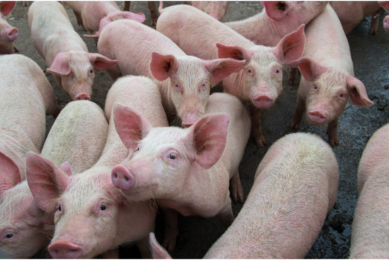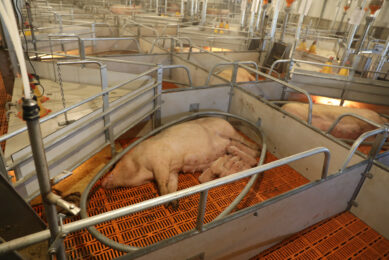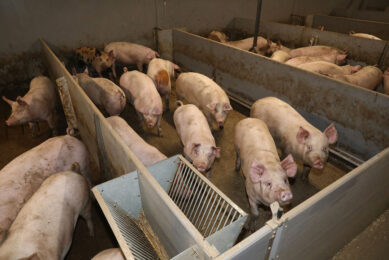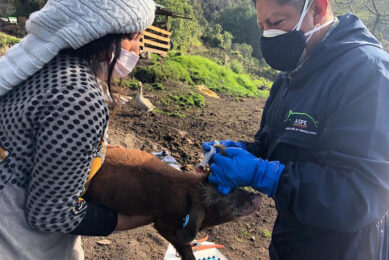Potential threat from CSF outbreak in feral pigs

Researchers at The University of Western Australia (UWA) have concluded that a classical swine fever outbreak, starting in north Queensland, could spread widely through Australia’s 20 million feral pigs, potentially posing a risk to Australia’s domestic pig population.
“Our computer model simulated the effect of wild pigs moving across the landscape and showed how classical swine fever could spread among feral pigs in the right seasonal conditions, becoming endemic and almost impossible to eradicate,” said Professor George Milne of the School of Computer Science and Software Engineering who headed the project.
“The time of the outbreak and seasonal factors are absolutely critical to how quickly the disease could spread and our modeling clearly shows the greatest danger of a rapidly spreading epidemic is at the start of the dry season, which is about now, when feral pigs gather around water sources.
Target male herds
“We know male pigs travel great distances and can spread the disease far and wide, so an effective strategy to combat an outbreak during the dry season would involve targeting adult male herds,” Professor Milne said.
Dr Darryl D’Souza, General Manager, Research and Innovation at Australian Pork Limited, said that classical swine fever could have a very serious impact on the pig industry.
“Classical swine fever, last reported in Australia in 1961, could have a devastating impact on the industry through increasing mortality and morbidity and reducing reproductive performance,” he said.
Domestic pig industry
“It’s vital that any classical swine fever outbreak in feral pigs is controlled quickly, as it poses a serious threat to Australia’s two-and-a-half million domestic pigs and an industry annually contributing almost $1 billion to the Australian economy.
“Prediction models are excellent tools and will certainly assist the industry to predict swine fever outbreaks and hence effective management strategies can be developed and implemented,” Dr D’Souza said.
He stressed that classical swine fever was not related to the H1N1 (swine flu) virus, which is not present in Australian pigs and which the World Health Organization assures can’t be spread by eating properly handled and prepared pork.
Related website
• University of Western Australia
©











